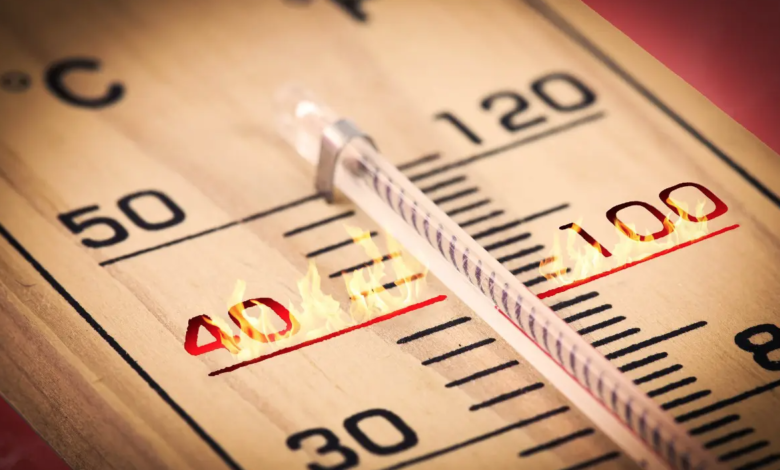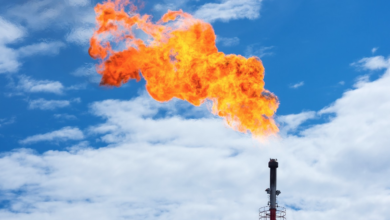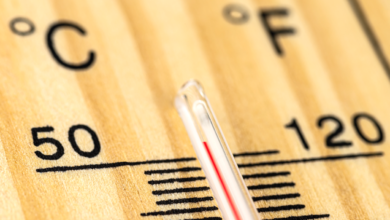In 2100, deaths from extreme heat in the Middle East and North Africa will be 60 times higher than today
Data on deaths from extreme heat in a study published by The Lancet
Limiting global warming to 2°C allows to reduce by 80% the deaths from extreme heat in the Middle East and North Africa (Mena region). One of the areas where temperatures could be reached first that make human life impossible due to the combination of heat and humidity, and where the peaks can easily reach around 50 degrees.
Projections on deaths from extreme heat
This was calculated by a study published in The Lancet Planetary Health. Today, the rate of death from extreme heat in the countries of the Mena area beats around 2 deaths per 100,000 inhabitants. If the global warming curve were to follow the trajectory of the two most extreme scenarios (SSP3-7.0 and SSP5-8.5), compatible with a temperature rise of 3 to 4 °C, deaths would rise to 123 per 100,000 inhabitants towards the end of the century.
In practice, death from extreme heat would increase by 60 times. Meeting the less ambitious target of the Paris agreement, however, would allow the death rate to be kept at significantly lower levels, around 20 deaths per 100,000 inhabitants.
read also Extreme heat sets new records across the northern hemisphere
Iran currently has the highest heat-related mortality rate and will suffer the greatest impacts between 2021 and 2100 with 423 deaths per 100,000 inhabitants: in practice, over 400,000 deaths per year. Death rates will also be high in Palestine, Iraq and Israel, but according to the study the smaller Arab countries of the Arabian Peninsula such as Qatar, Oman and the United Arab Emirates “will suffer the highest percentage increases in mortality rates due to heat compared to current rates, despite their prosperity compared to other countries in the Mena area”. In particular, it is expected that Iran, Iraq, Israel, Oman, Palestine, Qatar, Saudi Arabia and the United Arab Emirates will have a high load of future mortality even if the corresponding heat coefficient is the lowest.
Among the factors that will affect the increase in deaths, besides the increase in temperatures, there is also the expected rate of urbanization in strong growth.






